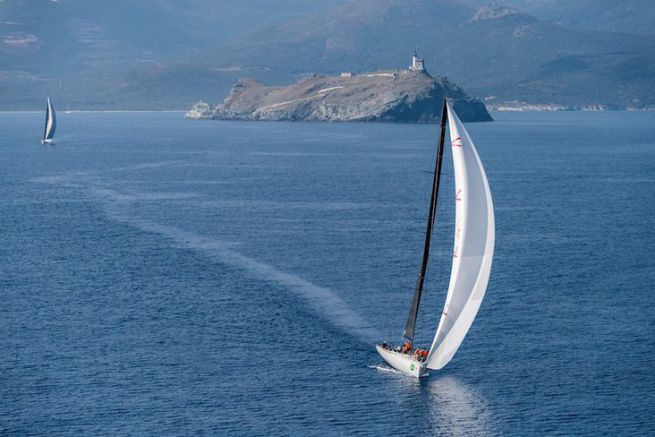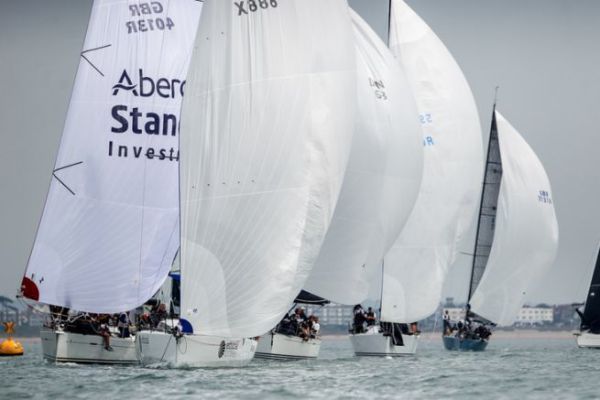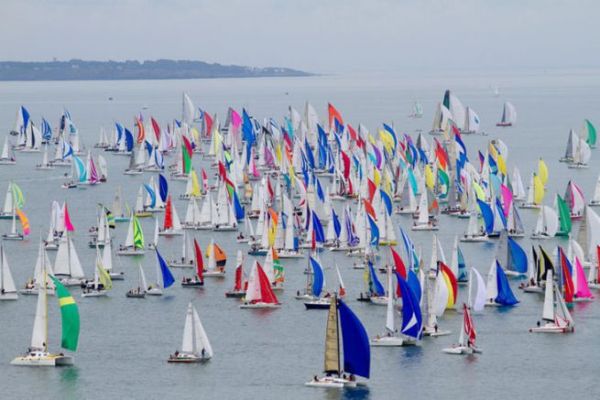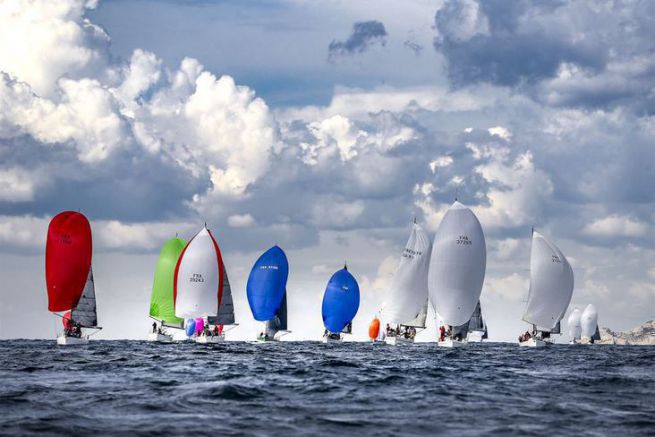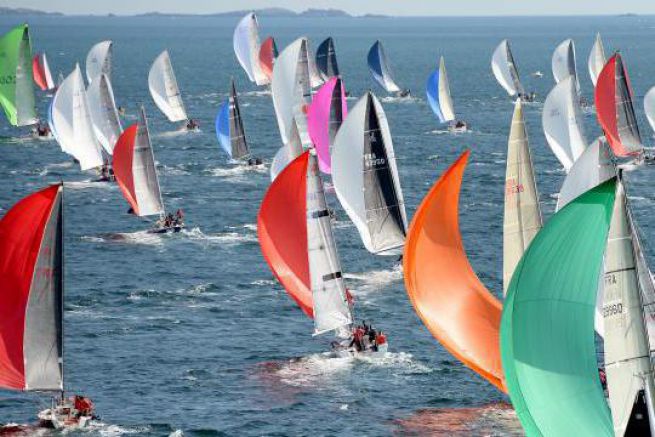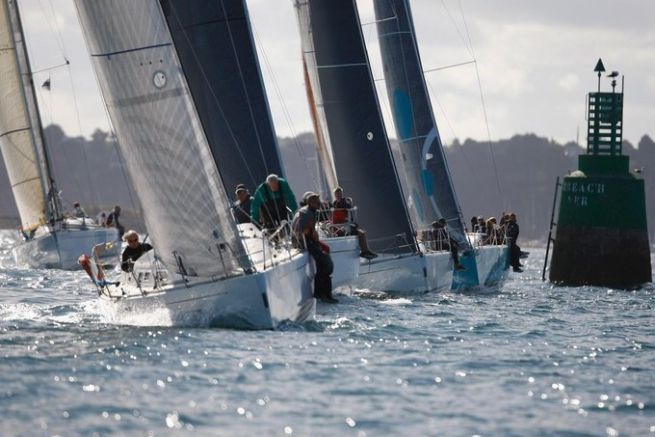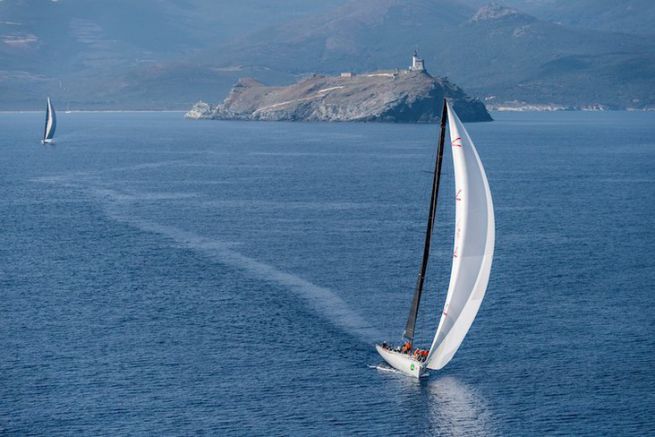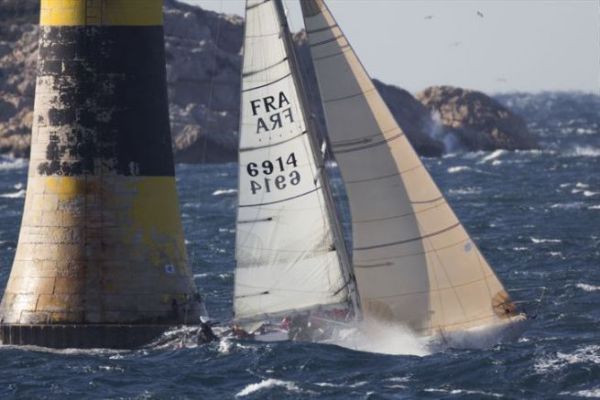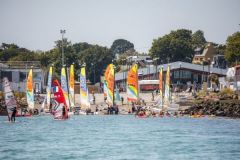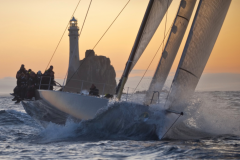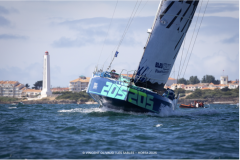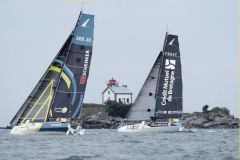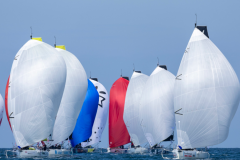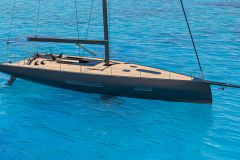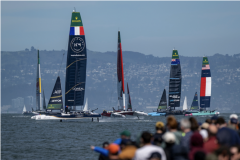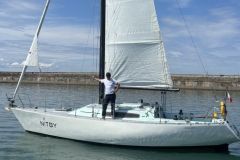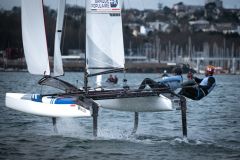IRC and its origin
The IRC, like all gauges, is at the service of organising fleets of heterogeneous sailboats that take part in a regatta. The IRC (International Rule Club) is an international gauge of English origin. In France, it is the Union Nationale de la Course au Large (UNCL) which promotes it, supervises the rules and controls. Abroad, the Royal Ocean Racing Club (RORC) manages the IRC.
IRC has its roots in the Anglo-Saxon metric gauge culture and more particularly in the Channel Handicap System (CHS) which was developed by the RORC and UNCL in 1983. The IRC replaced the CHS gauge in 1999 and it was in 2003 that the International Sailing Federation recognized the IRC as an international race gauge.
This time compensation system has established itself on major national and international events. Of course, this does not affect many sailors, but you should know that you will be able to use the same measurement certificate for all IRC events around the world.
In France, there are regional IRC championships, the three main ones are the Atlantic trophy, the Channel trophy and the Mediterranean trophy.
In Northern Europe, the Commodore's Cup is a national team race organised every two years by the Royal Ocean Racing Club (RORC). It includes some of the best English, French, Irish, Dutch and German crews.
Nearly 7000 boats race in IRC around the world. In Europe, it is in Great Britain that most of the fleet is found. If you want to race in different countries this is the most relevant gauge.
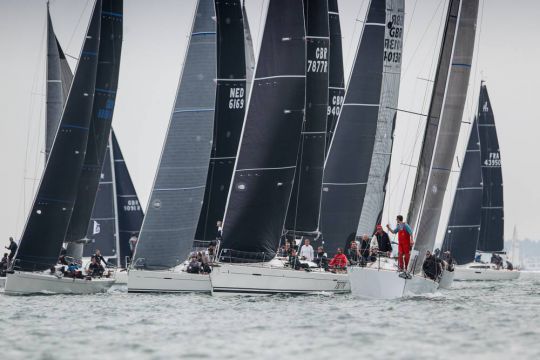
How does it work?
If you decide to race one or more regattas in IRC, you will have to fill out a declaration form online to obtain your boat's rating. It will be calculated based on the basic data and design details of your yacht.
A mysterious mathematical formula will result in your TCC (the IRC time correction coefficient), it will be your IRC rating. It is rounded to the third decimal place, e. g. 0.973 or 1.055. The compensated time of each boat is calculated by multiplying its real race time by its TCC.
Let's take advantage of a practical case study to better understand. UNCL issued me an IRC certificate with a TCC of 1.042. Over 1 hour of real distance, with the TCC correction, 62 minutes 31 seconds will be used for the final ranking (60 minutes x 1.042 = 62 minutes and 31 seconds).
My playmate has a Boat2 that is theoretically a little faster than mine with a TCC of 1.055. Over 1 hour of real journey, with the TCC correction it will be counted 63 minutes and 18 seconds of journey time for the final ranking (60 minutes x 1.055 = 63 minutes and 18 seconds).
In the jargon it is said that Bateau2 me "owes time" . So for Boat 2 to be ranked in front of me, it must arrive at least 1 minute and 13 seconds before me. Good départ?!!! To your calculatrices?!
A formula held secrète??
The IRC gauge formula is said to be secret because the methods and formulas used to calculate IRC TCCs are not published.
However, with experience, architects all over the world have learned to identify the characteristics of a "good IRC boat", and can type sailboats, so that the rating is as favourable as possible. In this respect, it can be said that this gauge influences the design of certain boats: "race-cruise boats".
When you look closely, the ideal boat in IRC is quite conservative, it is rarely worthwhile to deviate from the "average boat". For example, the system does not favour the characteristics of modern boats such as wide hulls and light, gliding movements.
It is a gauge that can evolve, but currently, we recognize that the IRC is rather favourable:
- Small boats at the waterline
- With the bow bridles coming out of the water and the grazing vaults
- For medium and heavy (weight) journeys
- Boats that are moderately stable at the usual angles of heel
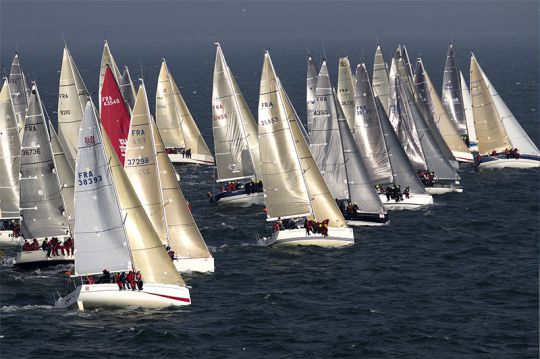
How to obtain your gauge certificate IRC??
With the IRC system, there is no referencing of standard boats that would have a corresponding rating, as is the case with the OSIRIS system. For example, if you have a Sun Odyssey 32i, there is no "standard" IRC rating ?; so you will have to measure everything and declare it as if it were a new boat.
Indeed, it is a prerequisite for operating the mathematical equation that will deduce the theoretical potential of your sailboat. To complete your certificate online, you will therefore need to bring tape meters and plumb lines to provide the required information: weight, hull length and width (waterline and overall), launching (front and rear), rigging, appendages, sails... However, if your boat is from a well represented series, UNCL has standard hull data. This will save you from taking some costly and time-consuming measurements, but you will still have to go through rigging and sail measurements. Fortunately, your master sailmaker will be there to help and advise you both in the choice of sails and in the measurements to be provided for the gauge.
In order to shine in regattas, it is necessary to optimize your TCC. With the option of a "Endorsed" certificate, the data are verified - weighing and official measurements - by an approved measurer. Having your boat measured with the option of an "Endorsed" certificate allows you in the vast majority of cases to reduce your TCC, but this represents a significant additional cost.
A new attractive formula has recently been introduced. You can now try your hand at IRC at a very modest price (20 euros) thanks to the SER certificate. It allows you to participate in a first IRC regatta before you decide.
Membership of PROPIRC, the association of owners of IRC measured boats in France, is a prerequisite for obtaining your IRC certificate.
- Issuing agency: UNCL
- Name: IRC gauge certificate
- Maximum validity: 1 year
- Price: 81 euros for a boat less than 7 m, and 228 euros for a 15 m sailboat.
To request a contract for your boat, contact UNCL by clicking on the link at the bottom of the article.

